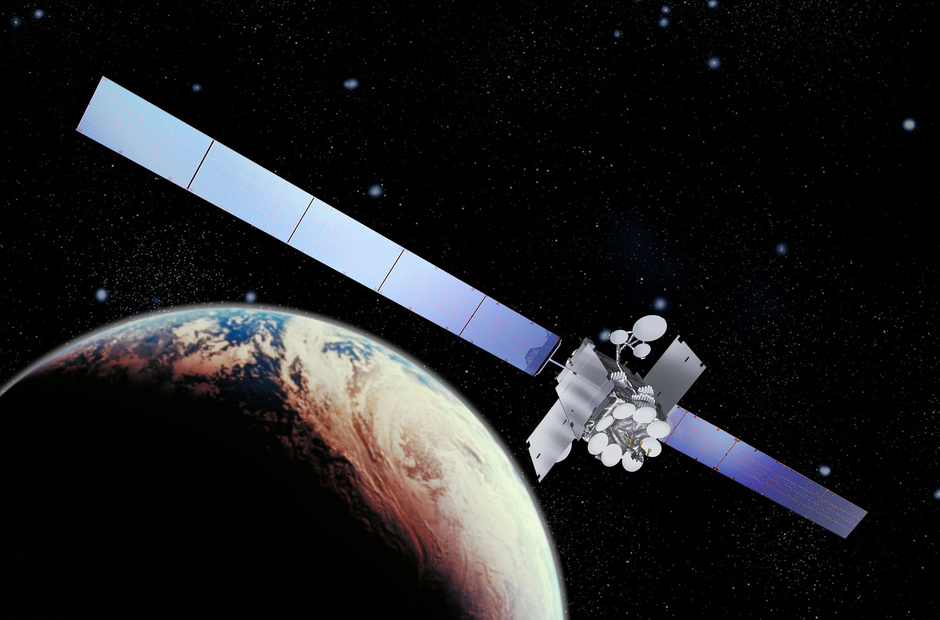The rescue of the crew of the steamship «Chelyuskin», which took place thanks to the brave Soviet pilots and radio operator of the expedition Krenkel, who transmitted the radiogram of the ship's crash on shortwave communication to the Big Land, has forever entered the history of navigation and development of the Arctic. Today, according to the decision of the World Administrative Conference of 1957, all seagoing ships, regardless of size and displacement, must be equipped with communication facilities operating on VHF.
Portable radios: for short transitions
The ultra-short wave band from 156.025 to 163.275 MHz is used for marine radio communications, broken down into several dozens of fixed channels, one of which - channel 16 at 156.80 MHz - is dedicated to a distress signal. This channel is part of the Global Maritime Distress and Safety System (GMDSS), which, in addition to radio communications, includes various satellite communication systems and a Digital Selective Call (DSC), an automatic call system based on station identifier.
Marine band radios are divided into portable and stationary. Portable portable stations are used for negotiations between crew members on board the ship, as well as for communication with coastal services during mooring and other works.
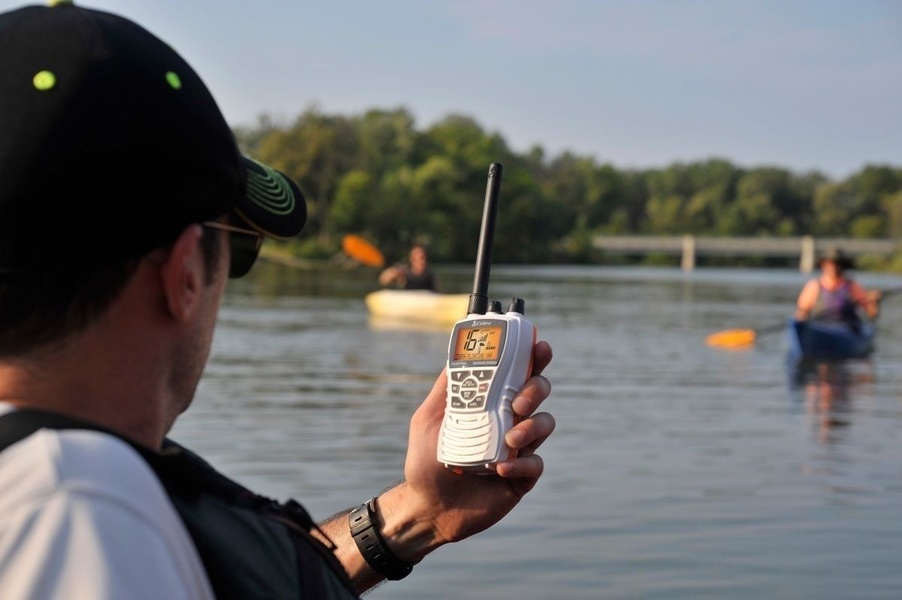
Their range of action is small - no more than 1.5 miles, but for small vessels going out to sea for a short time such a radio station is quite enough to ensure safe navigation, because stationary coastal and ship stations at an antenna height of 10-15 meters above sea level can operate in the «maritime range» at distances over 25 miles.
The price of marine radios varies today from 10 to 25 thousand rubles, and what to choose from the whole variety depends on the attitude to your own security.
All this concerns navigation along the sea coast, but if you decide to get away from civilization, you will need satellite radio communications. The only system registered with the GMDSS that provides voice communication services is INMARSAT. Other companies (such as Iridium) produce shipboard equipment near «Inmarsat», but have their own network for land communications only.
Satellite communications: for long-distance cruises
Over 80 countries, including Russia, participate in INMARSAT. Founded in 1979 to serve the maritime community, since April 1999 INMARSAT has been transformed into a commercial company with the interstate character preserved.
The system is used to provide communication during disasters, as well as the media to deliver news from areas where conventional radio communication is either in poor condition or completely absent. For example, during a Volvo Ocean Race.

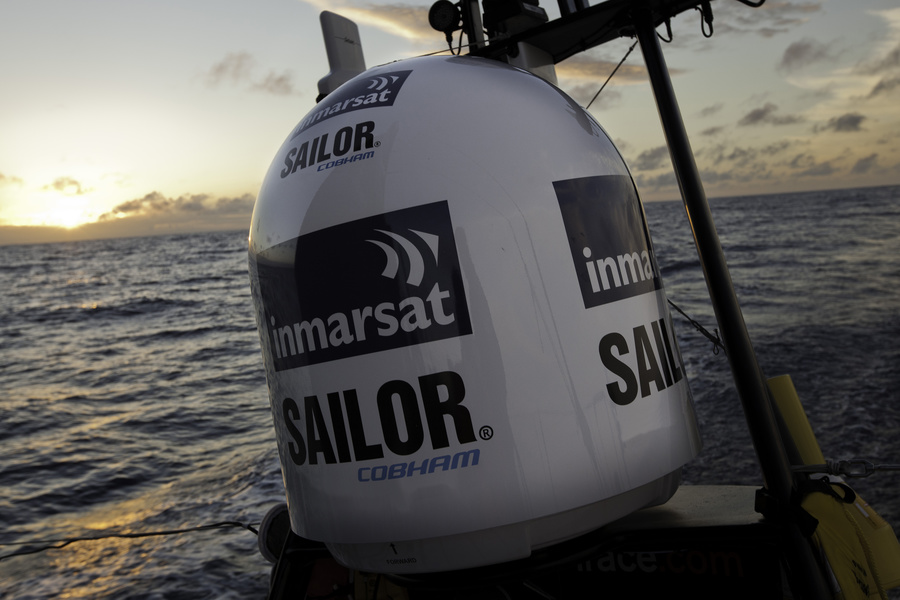
INMARSAT structure
The INMARSAT space segment consists of 5 satellite transponders located in geostationary orbits above the equator at an altitude of 35,000 km with precise geographical coordinates relative to the Earth. The satellites' radio transmitters have a nominal power of 2800 W and today cover almost the entire Earth's surface, except for small circumpolar areas outside the 70s. INMARSAT has a total of 11 satellites orbiting the Earth, but only 5 of them operate on the 1.5-1.6 GHz «marine» frequency. The other satellites serve aviation and portable phones.
Land Earth Stations (LES) are the gateways to ground networks. Each LES has a two or three-digit numeric identifier and is owned by the state in whose territory it operates. In addition, each ocean area has Network Coordination Stations (NCS), which provide free channels to ship and shore-based ground stations and monitor the use of dedicated channels. The Satellite Control Centre, located in the INMARSAT headquarters in London, performs the main coordination functions of the system.
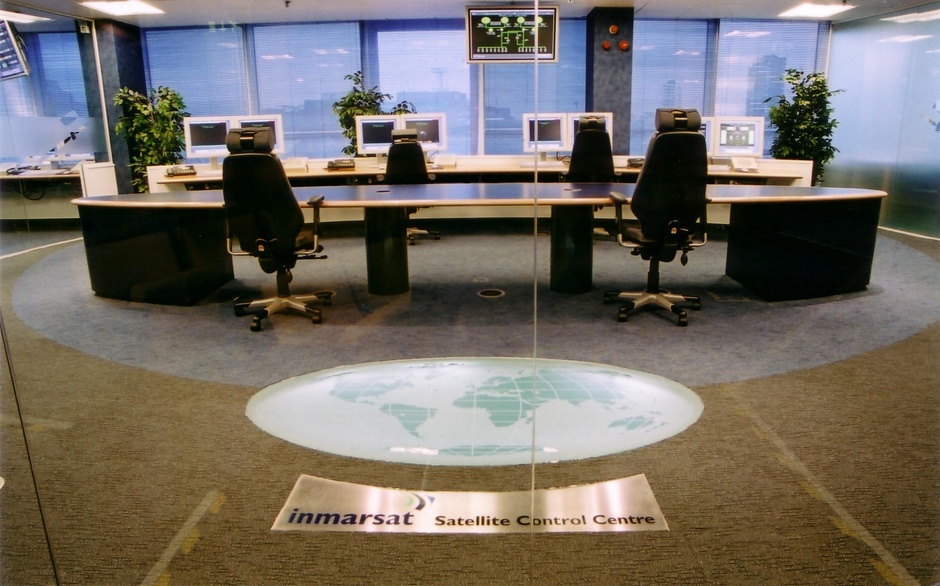
Mobile and fixed user satellite communication stations (subscriber stations) operate in the range of 1.5÷1.6 GHz. The mobile stations include ship stations (SES - Ship Earth Stations) of different classes and INMARSAT standards. Each SES has its own identification number consisting of 7 or 9 digits, where the first digit is an INMARSAT standard identifier, the next 3 digits are the code of the country to which the SES (Maritime Identification Digits - MID) belongs, the other 3 (five) digits are the numbers assigned to the SES.
INMARSAT capabilities
Let's take a look at the system capabilities using the example of a specific SES - the INMARSAT Furuno FleetBroadband Felcom 500 satellite terminal. Felcom FB500 provides simultaneous access to voice communication services with both wired and wireless handsets, e-mail, Internet, receiving and sending faxes, short text messages SMS (up to 160 characters), receiving and transmitting any data at speeds up to 432 kBit / sec. Work in the mode of streaming IP allows you to conduct video conferences and transfer large files.
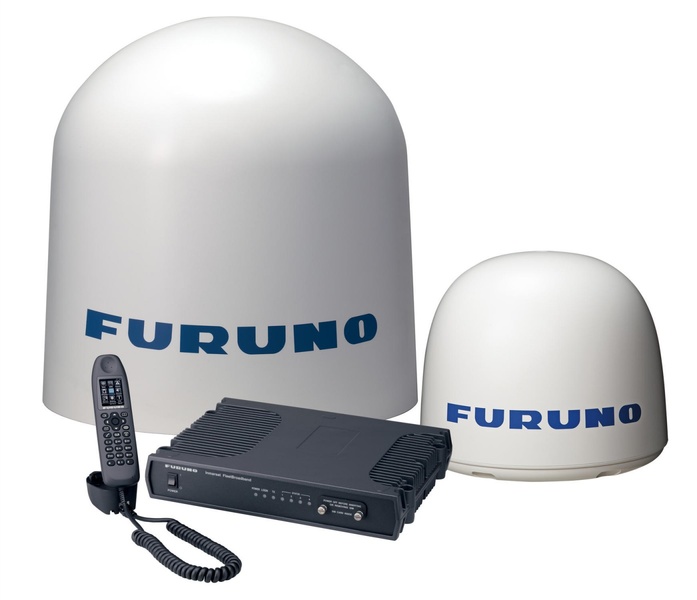
In case of engine or other on-board equipment failure, the ship engineer can establish direct communication with the manufacturer's representatives on shore and send them a report on the current state of the ship's systems for qualified consultation.
Such terminals, the cost of which starts from 600 thousand rubles, are manufactured by INMARSAT, Furuno, JRC and other companies.
But they also cost much cheaper - from 200 thousand rubles. So bravely go swimming, and INMARSAT will take care of it to be pleasant and safe.

